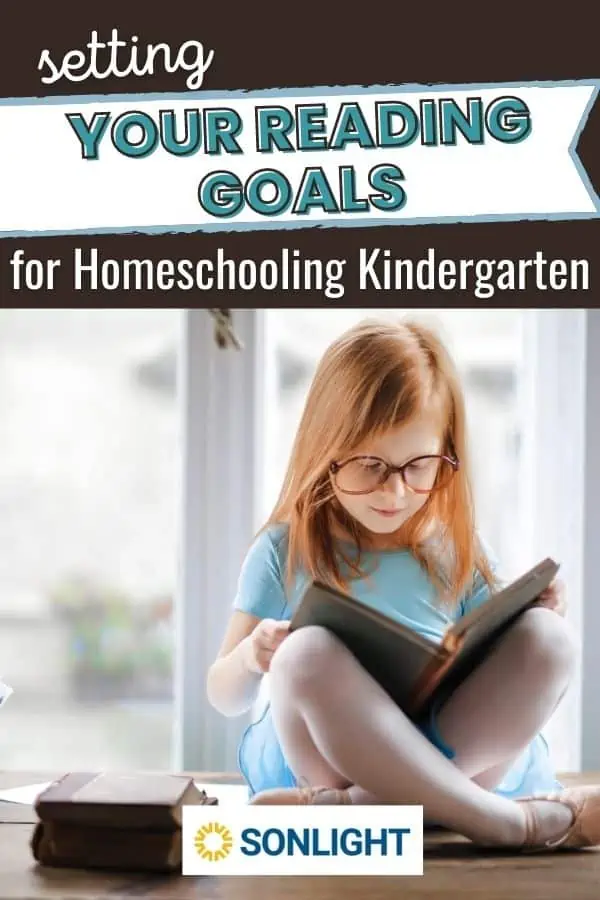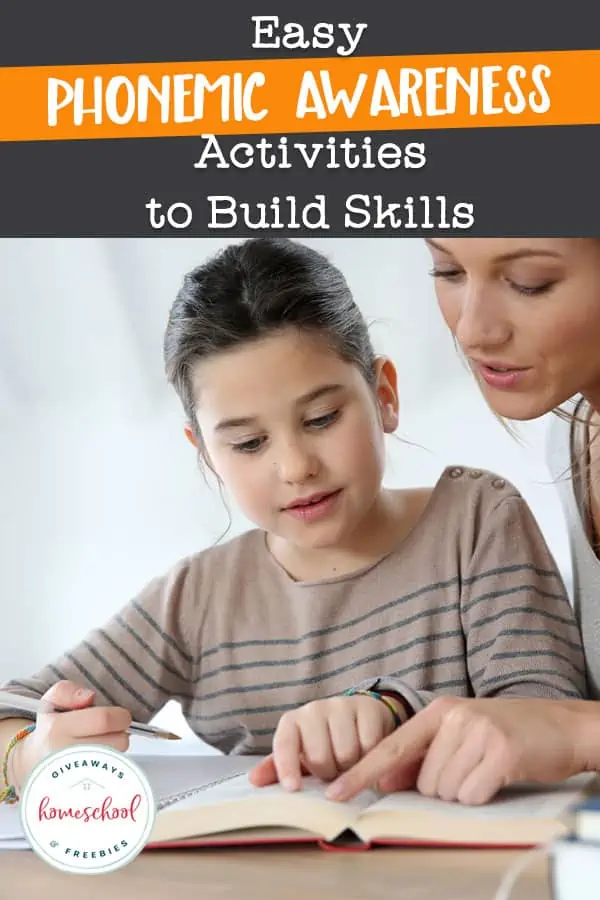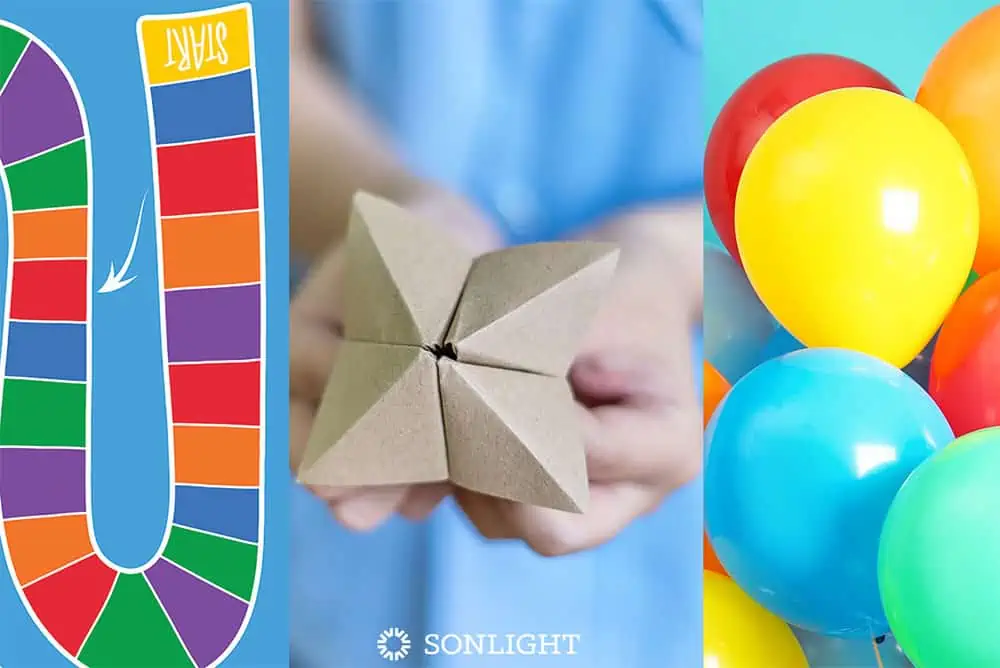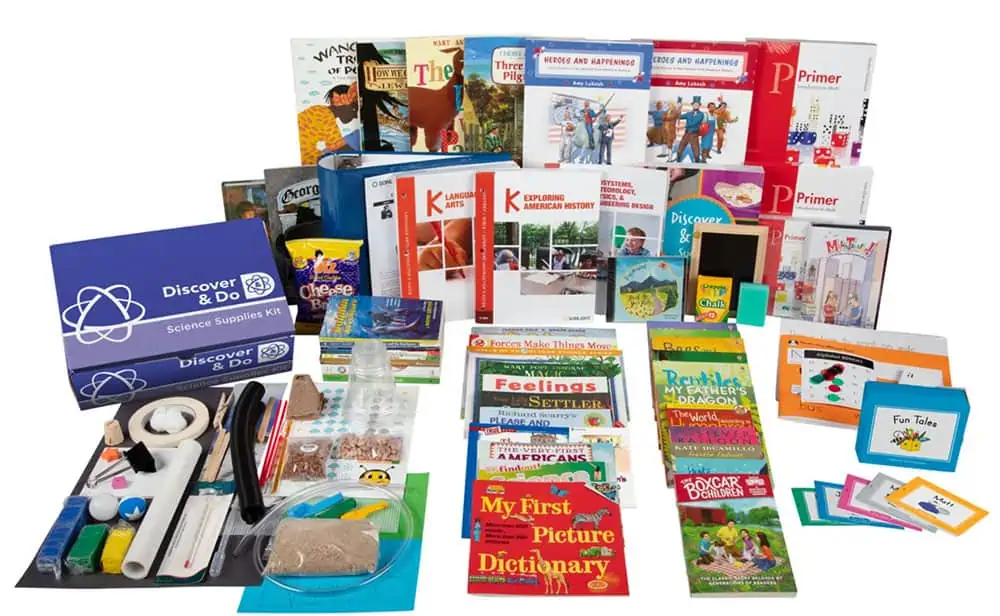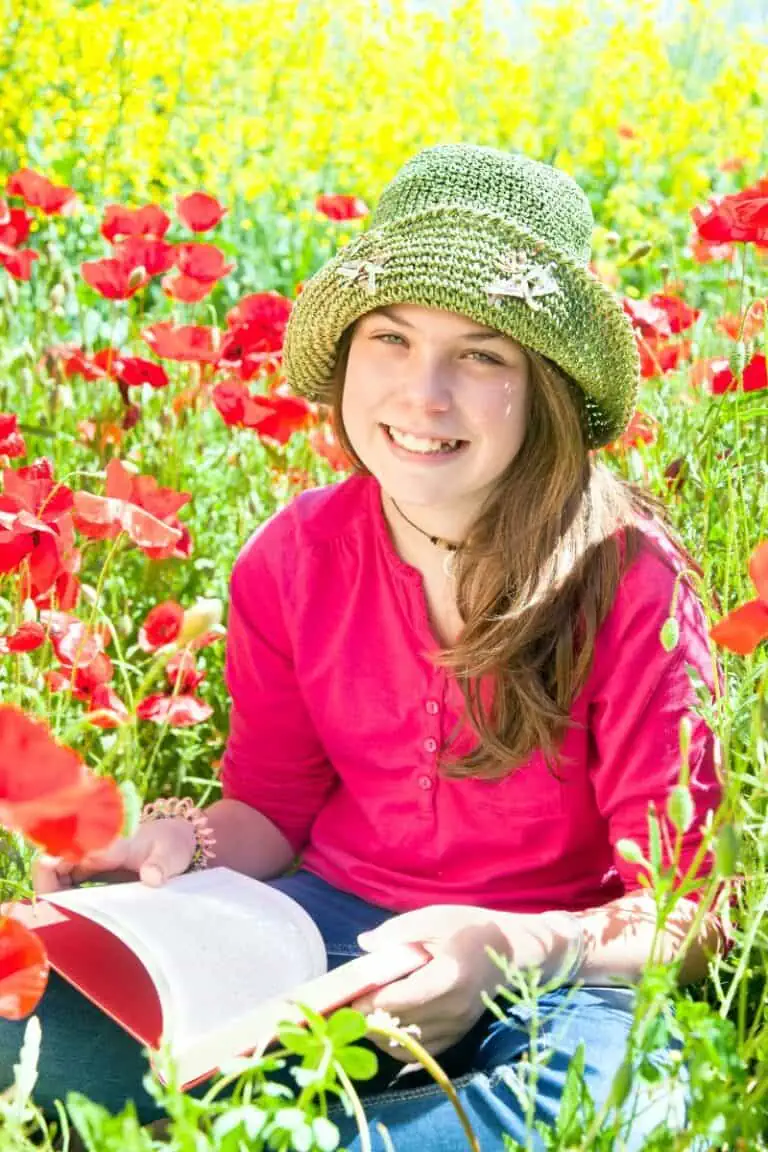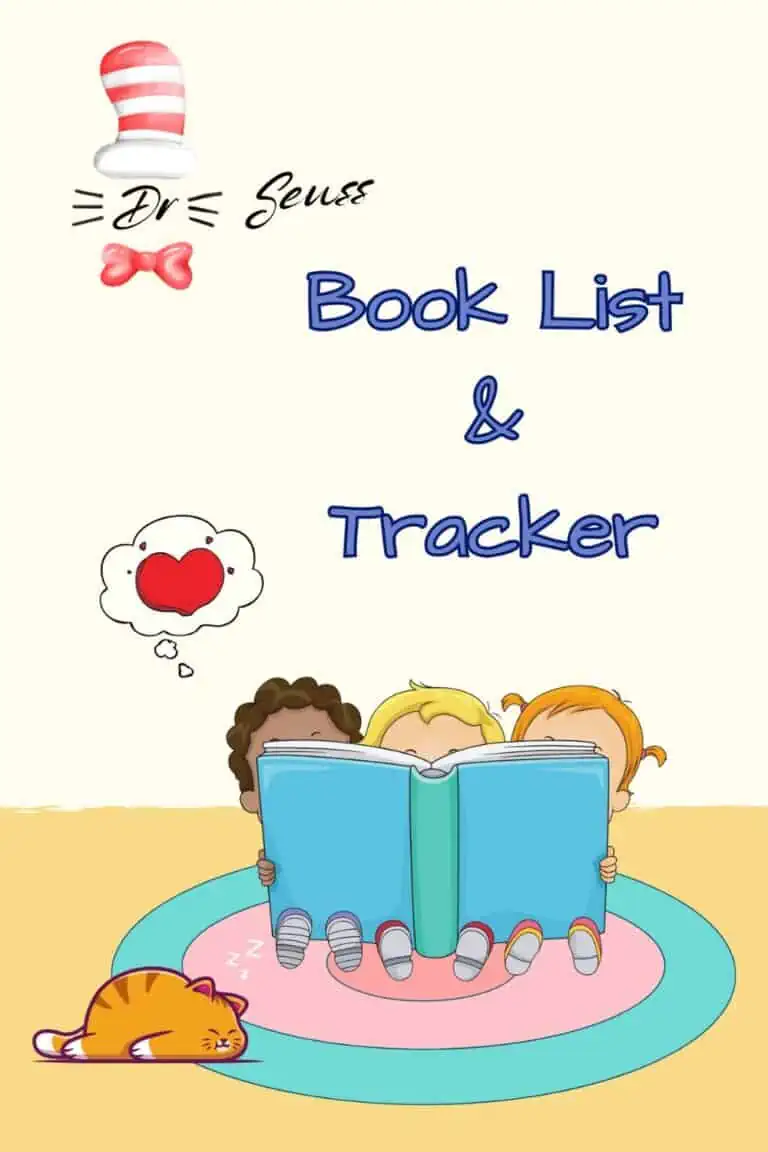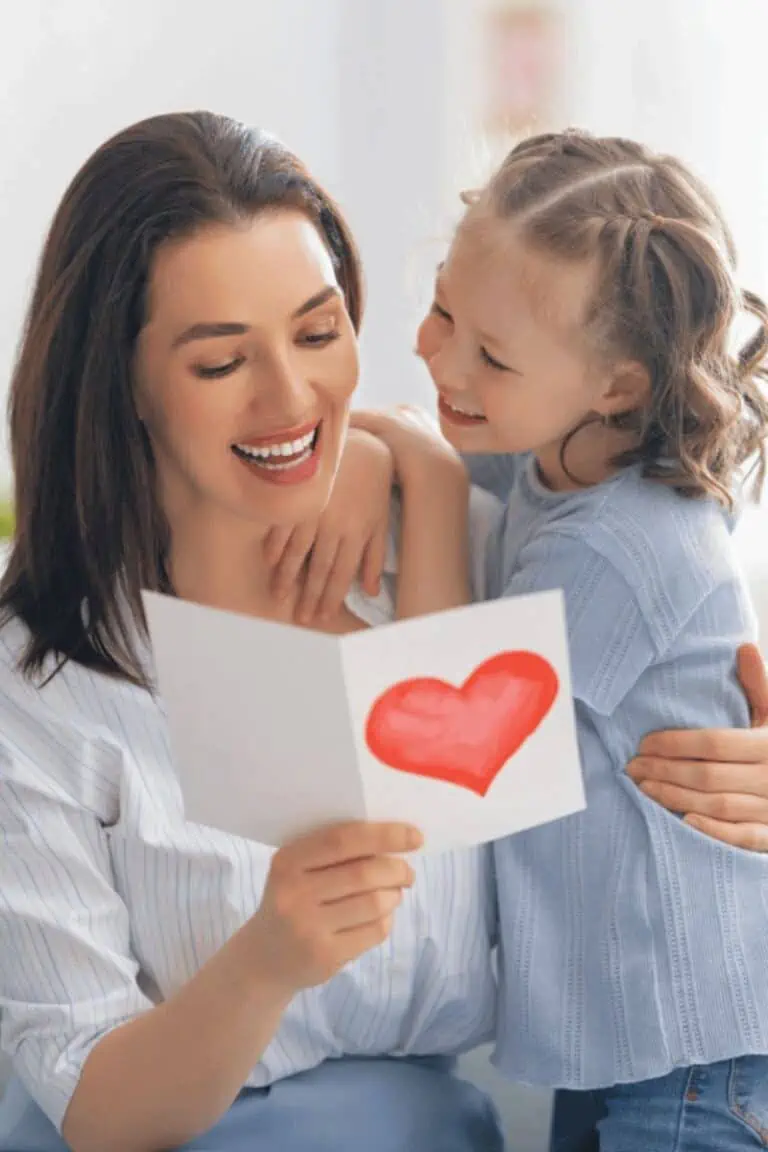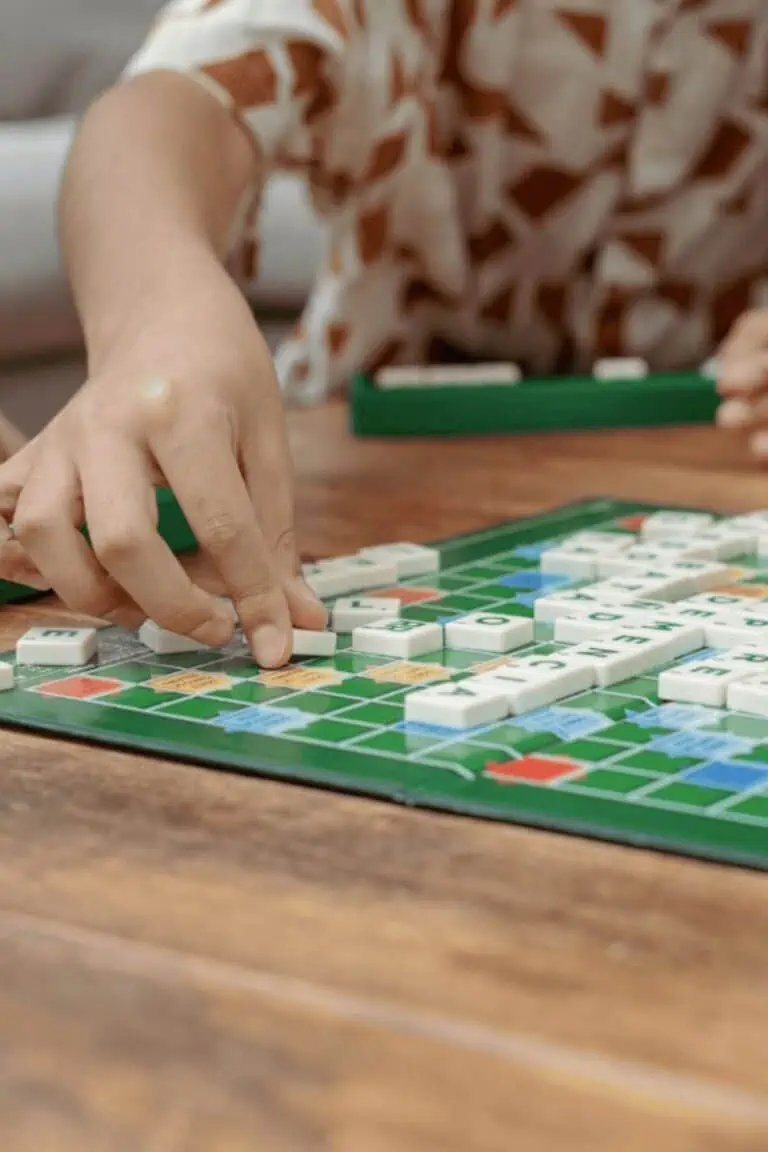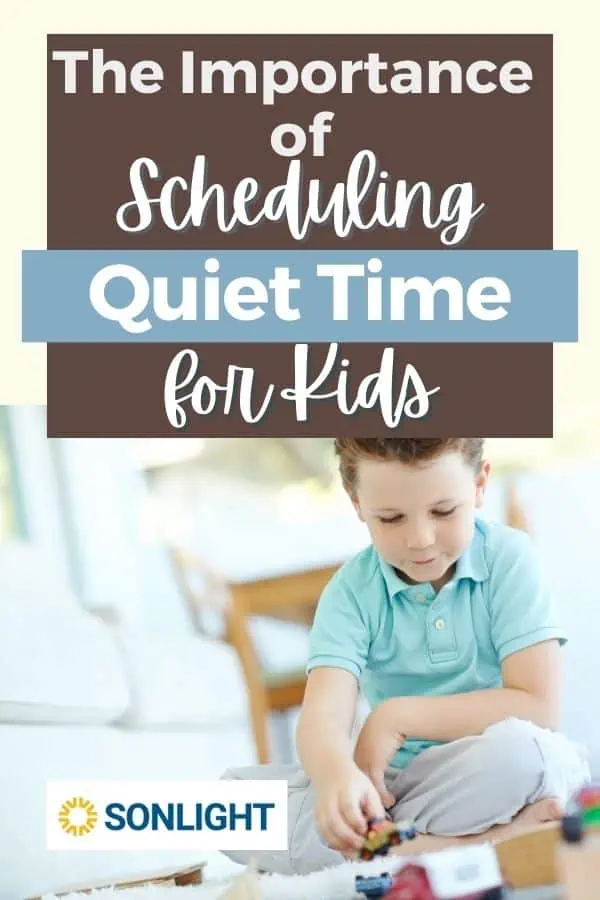Setting Your Reading Goals for Homeschooling Kindergarten
Published:
December 22, 2022
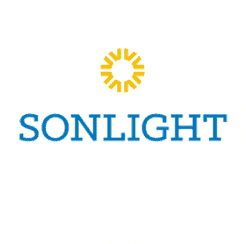
Contributor:
Sonlight
Disclosure: This post may contain affiliate links, meaning if you decide to make a purchase via my links, I may earn a commission at no additional cost to you. See my disclosure for more info.
Are you homeschooling a kindergartner? One of the main goals in the early years is teaching your kids how to read. Here’s how to set reading goals for kindergarten so you know if you’re staying on track.
Reading Goals for Kindergarten
Kindergarten students usually learn the basics of reading during that all-important school year! If you’re gearing up to teach your youngest student how to read, you’ll want to set some reading goals for kindergarten.
Here are the main concepts that they need to grasp in the five stages of reading along the path to become fluent, confident, and life-long readers.
Letter-Sound Recognition
One of the very first steps in teaching a child how to read is to work on letter-sound recognition. This simply means that your child should be able to recognize letters and letter-sound matches.
You’ll also want to make sure they understand that lowercase letters of the alphabet have corresponding uppercase letters. As your child learns to explore and identify sound-symbol relationships you can use tools such as phonics sound cards.
Practice differentiating rhyming and beginning sounds with your young learner. Then, your child can start to explore word families once they learn individual sounds and blend the sounds into whole words.
Sight Words
Using sight word worksheets can be an effective way to build your child’s sight word vocabulary. Sight words are simply common words kids recognize without sounding them out.
Sometimes these high-frequency words do not follow common phonics rules. Learning sight words can help your child become a more fluent reader.
Keep a list of sight words that you can review with your child. Whether you create flashcards or build a word wall, keeping these words front and center will help your child commit them to memory.
For a hands-on activity, encourage them to use manipulatives to practice forming sight words. You can even write sight words on a building block game like Jenga and keep adding to the tower as your child learns new words. Then, play a classic game of Jenga and read the sight words as you take out the blocks!
Print Recognition
As kindergarteners start learning to read, they begin to distinguish between punctuation marks, letters, and words. They also learn to recognize when words begin and end. All of these skills are part of print recognition.
As you read aloud to your child, let them follow along with the words and learn from your example how to make these distinctions to help them improve their own reading.
You can help your child learn print recognition by doing these things:
- showing them how to turn pages in a book one at a time
- using your index finger to follow the text from left to right as you read to them
- pointing out the front cover and title of the book
- showing them print words in their normal everyday environment
- label objects around the house
Left to Right
Kindergarten students need to understand left-to-right and top-to-bottom orientation. This knowledge is one of the fundamental reading goals for kindergarten. You can use physical activities, songs, and motions to help your child learn these concepts of directionality.
A simple way to reinforce the concept of left to right is to use your index finger to follow along from left to right as you read to them. That way, they’re learning this skill in the context of reading.
As your children learn to write, you’ll want to reinforce this directionality as well.
Reading Comprehension
Another key reading goal in kindergarten is for your child’s reading comprehension to grow. One simple way to expand their comprehension when they read is to encourage children to discuss reading and writing experiences.
Just the simple act of discussing what they read, or narration, is a great step to building their literacy skills.
Do you wonder how your child is doing with reading comprehension? Use these reading goals as tiny assessments to this skill.
- can retell simple stories
- uses descriptive language to explain
- will dramatize stories
- makes predictions as they read
Phonemic Awareness
Phonemic Awareness is the ability to distinguish individual sounds in the English language. These individual sounds are called phonemes, and we put phonemes together to build words. But your child needs to be able to pull words apart into their separate sounds and manipulate those parts of a word in order to build their reading skills.
These phonemic awareness activities will give you some ideas for how to make this learning process fun!
Phonics
While phonemic awareness lessons tend to be done orally, phonics deals with putting those phonemes together to make words, and many times this is done in writing.
One of the key reading goals for kindergarten language arts instruction is learning how to build and read CVC words.
CVC words are simple three letter words comprised of a consonant, short vowel, then final consonant. CVC words include cat, dog, pit, map, and so on. Learning to read CVC words fluently will go a long way in building your child’s reading fluency.
Fluency
Reading fluency refers to the ability to read with proper speed and accuracy. Kids should also be able to read with proper expression as they build their reading skills.
If your kindergartener is able to read simple sentences with fluency, they will also be able to understand what they read. The less fluent a child is in reading, the poorer their reading comprehension usually is.
This is why fluency is an important goal in the early years.
Vocabulary
Did you know that a five year old has a vocabulary of between 2,200 and 2,500 words? The more they read or listen to read-alouds, the larger their vocabulary will grow.
It’s a good idea for kindergarteners to build a sight vocabulary. When children can recognize many common words instantly, it helps them build their fluency and comprehension. You can use fun games to help your children build their vocabulary.
Parts of a Book
Your kindergarten student will need to learn the parts of a book.
Take familiar stories and books and ask these questions. Can your child identify the title of the book on the front cover? Do they know who the author and illustrator are? Finally, discuss the picture on the front cover and help them make predictions as to what they will read inside.
If your child wants to explore more, you can even look through books that have a table of contents and copyright information to discuss those aspects.
Reading Goals for Kindergarteners FAQ
Here are the most common question about setting reading goals for kindergarten.
What are some examples of reading goals?
Here are some practical examples of kindergarten reading goals that you can set for your child.
- can retell the main idea of the story
- reads simple words like CVC words
- recognizes letter-sound matches
- uses descriptive language
- recognizes sight words
- understands beginning sounds
- understands rhyming words
But don’t forget that nurturing a love of reading in your child is probably the most important goal.
What reading skills should a kindergartener have?
There are loads of kindergarten readiness activities that you can use to build your child’s reading skills in preparation for kindergarten. A complete kindergarten curriculum will map out those reading skills sequentially for your child and take the guesswork out of lesson planning.
Plus, when you follow a curriculum, you won’t have to worry about gaps in their learning.
Reading Goals for Kindergarten
We’ve already mentioned many of the reading skills a kindergartener should have, but here is a short list to reiterate the main skills:
- recognizes all uppercase and lowercase letters
- knows the sounds for all the letters
- understands left to right orientation
- can read and forms simple CVC words
- can retell a story
How do you set reading goals for kids?
You’ll want to have a list of reading goals that your child should meet by the end of kindergarten. You can use the reading skills and goals mentioned in this post to create a simple list. Then, periodically through the year, revisit the list and check off the skills you believe your child has met.
This will allow you to see what you still need to work on with them. Many of these skills and goals will sequentially build on the next.
What are target skills in reading?
The target skills in reading are those high-level categories of competency that your child needs to reach. These target skills in order of importance and sequence include:
- phonological awareness
- phonics
- fluency
- vocabulary
- comprehension
The goal of course, in addition to growing a love of reading and learning, is for your child to comprehend what they’re reading. But that comprehension will come in time as you work through the other target skills in order.
The more you read aloud to your child, the more naturally you will be teaching these skills to them. While you can certainly follow a kindergarten reading curriculum to teach these skills, don’t underestimate the power of reading aloud to your child to build their literacy skills.
In Conclusion
Growing a life-long reader can be as simple as grabbing your child’s favorite book and working through these reading goals for kindergarten in just a few minutes per day. Sometimes their progress will not be linear. If it isn’t, don’t despair! Just regroup and revisit these kindergarten reading goals to see where the issue may be. With a little bit of hard work, you and your child will be able to meet those goals.

